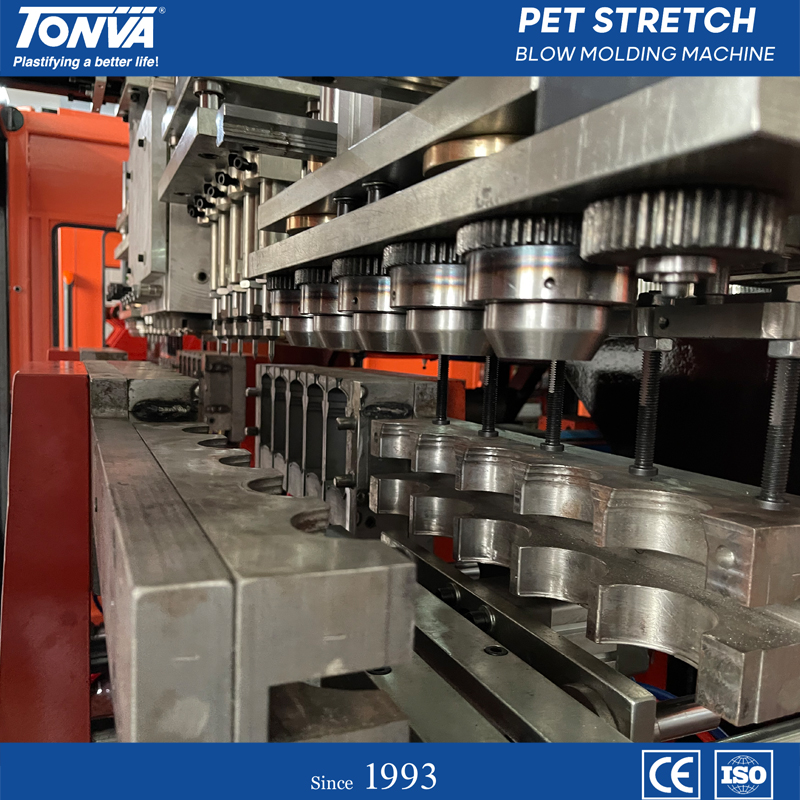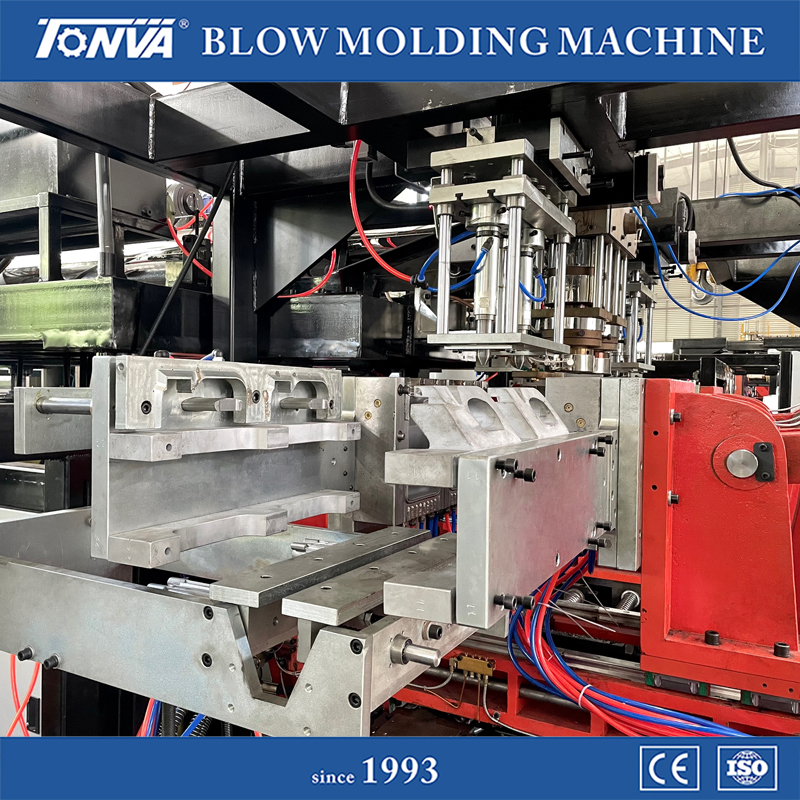Mould steel -(bottle embryo mould /PET mould/tube billet mould/injection mould)
Definition of steel
Steel refers to the iron carbon alloy with carbon content of 0.0218% ~ 2.11%. Alloy steel can be obtained by adding Cr,Mo,V,Ni and other alloy components into ordinary steel, and all our mold steel belongs to alloy steel.
There are three main ways to change the properties of steel:
Alloy composition
Carbon: C
Increase the hardness of hardened tissue;
Carbide formation, improve wear resistance;
Reduce toughness;
Reduced solderability
Cr: Cr
Improve the hardness of steel, forming a hard and stable chromium carbide, thereby improving wear resistance;
Can improve the hardenability of steel;
When Cr content exceeds 12%, it is corrosion resistant and provides good polishing rotation
Mo, Mo
Mo is a strong carbide forming element, improve wear resistance;
Mo > 5% can restrain temper brittleness caused by other alloying elements.
Provides red hardness, thermal strength;
Improve hardenability and temper stability
V: V
Can form high hardness carbide, improve wear resistance;
Refine the grain size of steel to reduce overheating sensitivity
Improve steel strength, toughness and tempering stability
Nickel: Ni
Ni can improve the hardenability of steel;
Ni can refine grains
Sulfur (S)
It often exists in steel in the form of MnS, which can improve the cutting ability of the material by cracking the continuity of the matrix and deteriorating the toughness, corrosion resistance, optical rotation, discharge machining and etching properties of the material.
2. Smelting process
Ordinary steelmaking process
Electroslag remelting (ESR)
The rough billet is placed in the electroslag furnace, and a strong current is passed to make the furnace produce a very high temperature, so that the rough billet is melted into molten steel, which flows through the electroslag, and impurities are filtered and adsorbed by the electroslag, so as to achieve the effect of purification. The overall remelting rate is fast, but some very fine impurities are not removed.
Vacuum arc remelting (VAR)
In a vacuum furnace, a strong electric current is applied to the steel embryo, the bottom of the embryo begins to melt, and the impurities vaporize into gas and are pumped away, thus improving the purity of the steel. Moreover, it is solidified drop by drop, with a very fast solidification speed, and the tissue becomes very dense. It is characterized by the thorough removal of impurities, but the overall remelting rate is slow.
3. Heat treatment
The heat treatment of steel refers to the process of heating and cooling, and changing the properties of steel by controlling the heating temperature, holding time and cooling speed of steel, so as to meet the requirements of processing or use.
The main heat treatment processes are: annealing, quenching, tempering.
Die steel is classified according to use
1. Cold working die steel
Cold work die steel is mainly used to manufacture moulds for pressing cold workpiece. Such as cold punching die, cold stamping die, cold drawing die, stamping die, cold extrusion die, thread pressing die and powder pressing die. Cold work die steels range from various carbon tool steels, alloy tool steels, high speed tool steels to powder high speed tool steels and powder high alloy die steels.
2. Hot work die steel
Hot work die steel is mainly used to manufacture dies for pressure machining of workpiece under high temperature. Such as hot forging die, hot extrusion die, die casting die, hot upsetting die. The commonly used hot work die steel is: medium and high carbon alloy die steel with Cr, W, Mo, V and other alloy elements; High alloy austenitic heat resistant die steel is sometimes used to manufacture hot work die steel with special requirements.
3. Plastic mold steel
Because of the variety of plastic, the requirements of plastic products are also very different, the manufacturing of plastic mold materials also put forward a variety of different requirements. Therefore, many industrially developed countries have formed a wide range of plastic mold steel series. Including carbon structural steel, carburizing plastic die steel, pre-hardening plastic die steel, aging hardening plastic die steel, corrosion resistant plastic die steel, easy cutting plastic die steel, integral hardening plastic die steel, martensitic aging steel and mirror polishing plastic die steel.
Post time: May-10-2022


